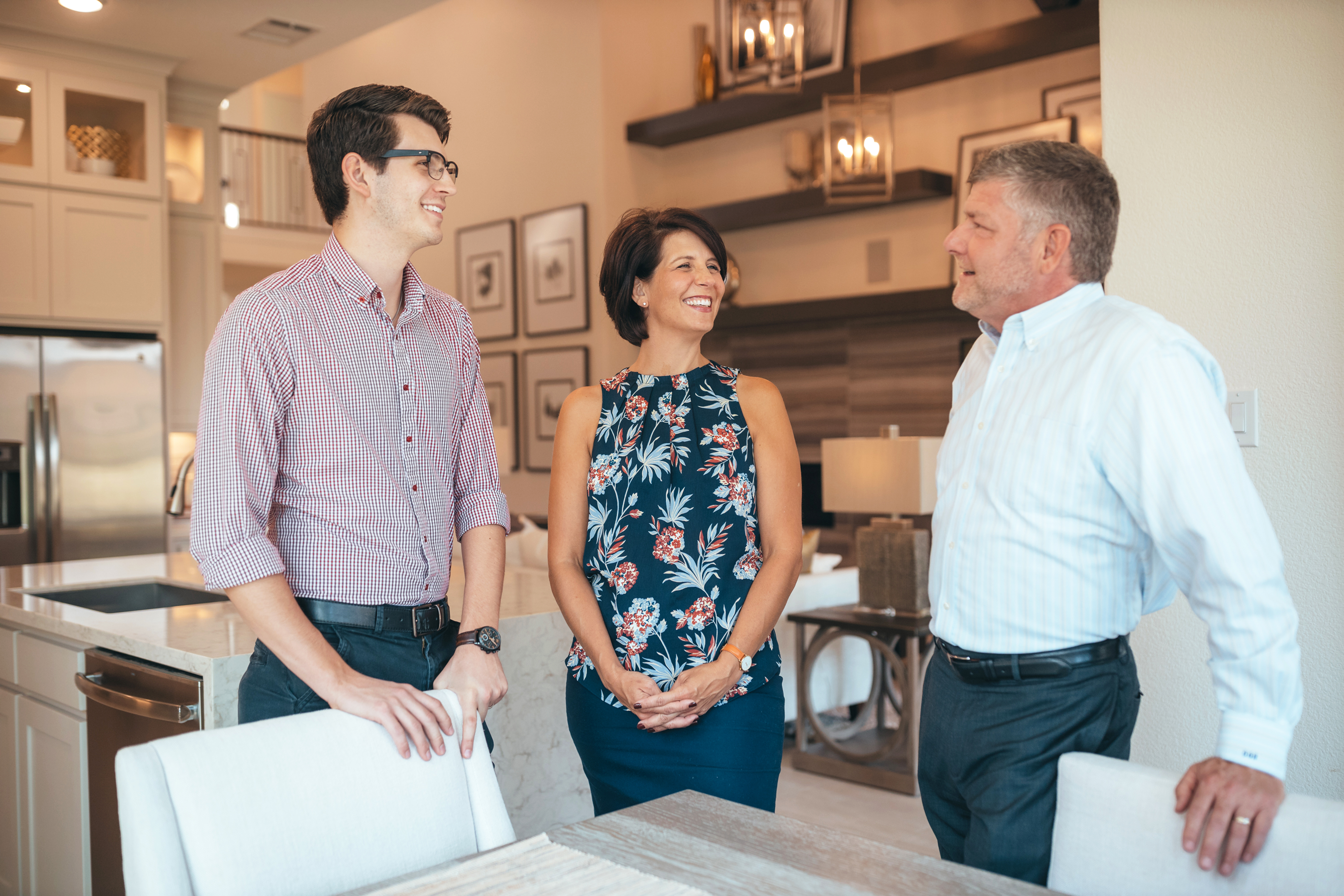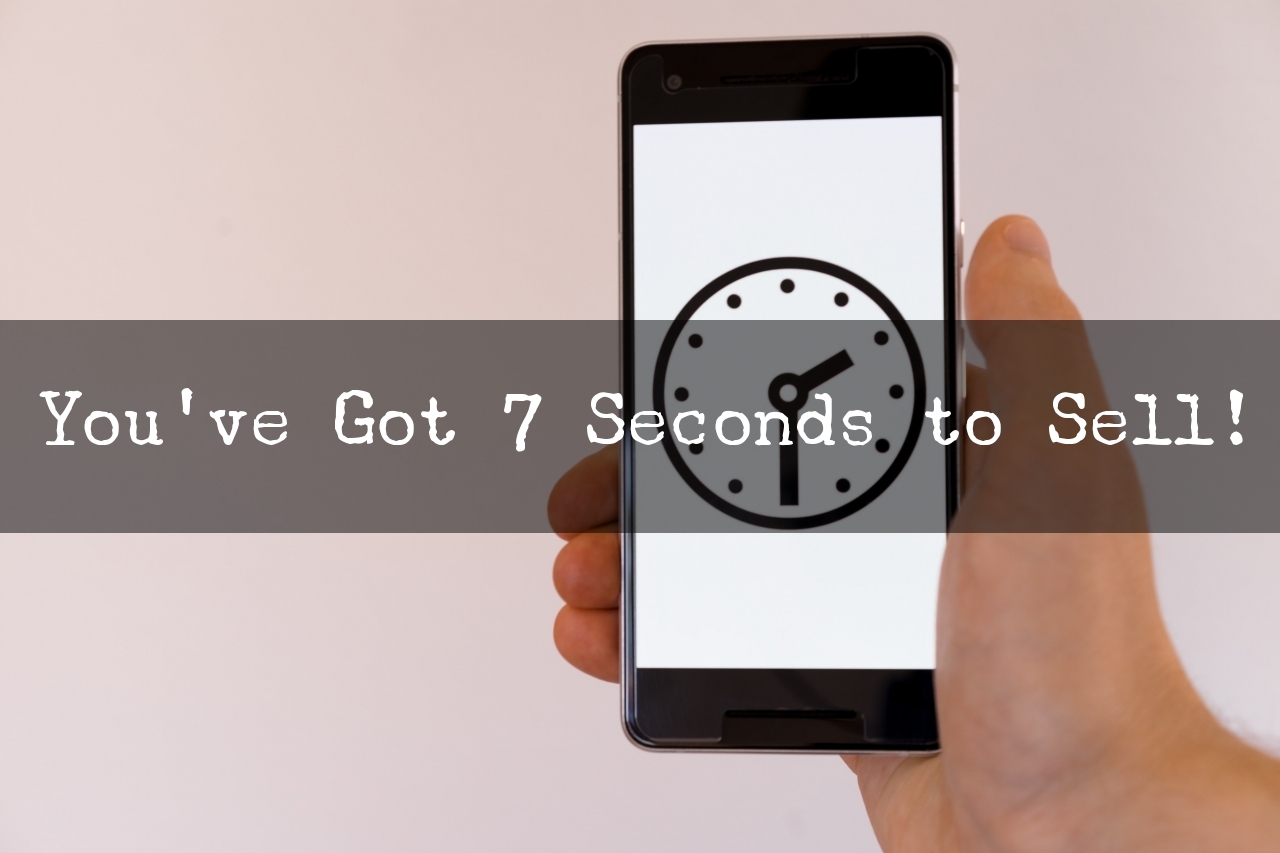You've Got 7 Seconds to Sell!
With social distancing being the new norm, buyers are leveraging the internet to spend as little time personally visiting homes as possible. It’s a win-win for buyers and sellers. Buyers can spend more time sitting on their sofas shortlisting homes, and sellers’ properties endure less exposure to potential COVID-19 issues. As with any new reality, however, there are two sides to the coin, and this situation is no different.
Today’s buyers spend a lot of time viewing HGTV-related content, and, as a result, their tastes have been refined. Now, a significant percentage of buyers are looking for turnkey homes with upscale amenities. We tell our prospective sellers that when their homes go on the market, they are not competing with other listings in their neighborhood — they are competing with HGTV.
The best analogy for understanding what’s happening in real estate is that of online dating. Prospective partners have very little time — mere seconds, in fact — to make a good impression before a searcher swipes left and moves on to the next profile. This is not only true for online dating sites. It applies to commodities as well. Pivotal 2005 marketing research by Procter & Gamble revealed a three-to-seven second window in which a consumer decides whether or not to buy a product. Translated to homes, a seller has approximately seven seconds to make a positive impression before a consumer swipes left and moves on.
As little as 10 years ago, buyers gave a potential home about a minute, beginning from the moment they arrived at the curb until they made their way into the kitchen. Those days are gone. With today’s showing limitations, buyers will not go through the hassle of visiting a home unless they like what they see in those first seven to 10 seconds on their phones.
In the same way most visiting online dating sites are not looking for a “project,” a high percentage of today’s buyers do not want fixer-uppers. Most millennials have no idea how to improve a home and are willing to pay a premium for move-in-ready digs. Adding injury to insult is a growing sense of “entitlement” in today’s homeowner wannabes. Many believe they “deserve” a home with upscale features and are not willing to live in a home that does not have the level of amenities they believe are essential to their lifestyle.
As we factor COVID-19 into the equation, some interesting data is emerging. In our market, open houses are currently banned and will likely be so for months to come. In keeping with our local showing rules, buyers wishing to visit in person must sign COVID-19-related disclosures, present a current preapproval and adhere to specific time frames. Access is limited to two buyers from the same household and their agent.
Consequently, visitor numbers are down significantly from what we might have seen during a normal open house. Interestingly, the quality of buyers is way up, as is the number of offers. There is a caveat, however. Homes owned by sellers who do not understand the new realities and have not effectively prepared are seeing virtually no visitors at all. Like Pandora’s box, a new reality has emerged, and we will not be returning to things the way they were.
Buyers are already embracing the new rules, and the only potential issue is how soon sellers and their listing agents will figure it out as well. Here are our top five tips for real estate agents looking to capitalize on their seven seconds:
1. Educate
Learn how to handle classic seller arguments. These include, “We want to give the buyers the opportunity to upgrade the home the way they want to,” or “If we replace the carpet, the buyer may not like it and we will have wasted our money.”
These arguments are effectively dead. Today’s buyers, in large, do not want to fix up homes. When sellers ask why they should spend money to upgrade when a buyer might change things once they move in, the question you ask in return is, “If you can spend $1,000 to make $2,000-$3,000, does it matter what buyers do when they move in..."

